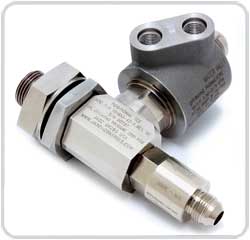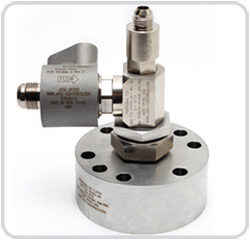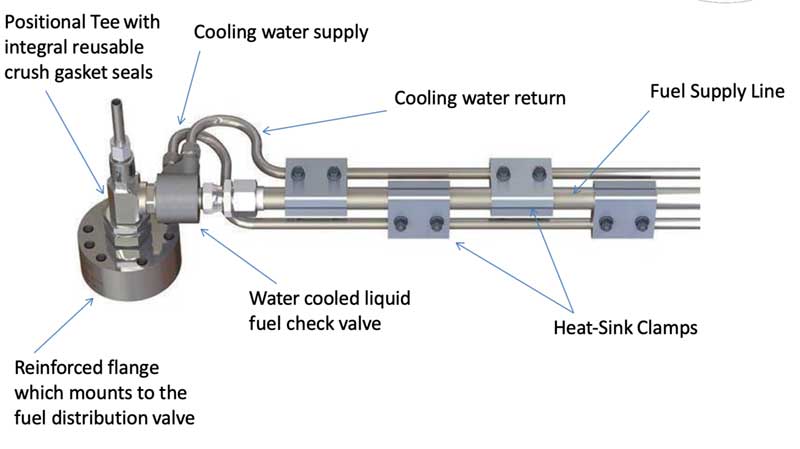 Addressing system inadequacies is a fundamental part of improving the overall reliability of the liquid fuel system and its related components. High system and environmental temperatures naturally create a situation ideal for coke formation. Operationally compromised control system components are responsible for the inability to start on liquid fuel or transfer from gas to liquid fuel.
Addressing system inadequacies is a fundamental part of improving the overall reliability of the liquid fuel system and its related components. High system and environmental temperatures naturally create a situation ideal for coke formation. Operationally compromised control system components are responsible for the inability to start on liquid fuel or transfer from gas to liquid fuel.
Check valve failures, flow divider failures, fuel system evacuation, exhaust temperature spreads, and other related turbine trips have been resolved with an array of patented designs developed by JASC including:
- Water-cooled valves for prevention of coking formation.
- Water-cooled 3-way purge valves with a water-cooled flange for use on DLN turbines using primary and/or secondary liquid fuel.
- Smart Fluid Monitor providing leak detection and automatic shut-off of cooling water to valves and flame detectors should faults occur.
- Multiple-use crush gasket technology, which replaces elastomeric O-rings.

These system-specific products have three common design goals. First, provide reliable valve function and system operation until a scheduled turbine service interval is reached.
Second, the valves must maintain better than ANSI ClassVI sealing capability from installation until removal for refurbishment. Elimination of combustion gas back-flow results in back-up fuel system availability and reliability typically exceeding 98%.
Third, incorporation of JASC’s new metal to metal seal fitting design serves as replacements for O-rings and other elastomeric materials.

The “Tee” designs can be used on standard or DLN fuel nozzles, they are SAE J1926 compatible, provide adjustable orientation for easy connection interface to existing piping, and are rated for continuous service at high temperature and pressure.
JASC’s solutions are configured to be interchangeable with the turbine’s existing hardware. This minimizes project cost and time associated with performing a fuel system upgrade.
Transferring from gas to liquid fuel, starting on liquid fuel, and executing these sequences without tripping the turbine allows systems to be exercised regularly with no negative impact. Case studies of power plants that have performed JASC fuel system upgrades reveal that after five years of operation, maintenance typically consists of normal refurbishment of the JASC check valves.

For more information about the products in the above diagram, see the links below:
Two decades of innovative product development and implementation demonstrates that gas turbine owners can realize significantly reduced operation and maintenance costs when a JASC fuel system upgrade is performed.
Learn more about JASC’s unique products and services by contacting your local Power Generation representative: https://jasc-controls.com/about/partner-alliances
